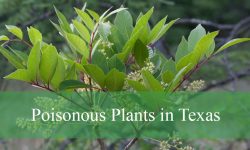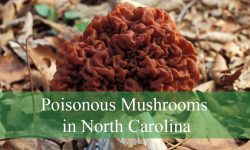Cone-shaped flowers have a unique cone-like look due to their three-dimensional structure, which tapers consistently from the base to the apex.
Cone-shaped flowers are adopted by many perennials, especially in the spring and summer. These flowers normally go through a dormant period in the winter before coming into full bloom in the spring, when the temperature gets warmer.
Cone-shaped flowers add a distinctive and beautiful pattern to gardens and landscapes where they grow because of their geometric elegance.
Different Types of Cone-Shaped Flowers
Celosia
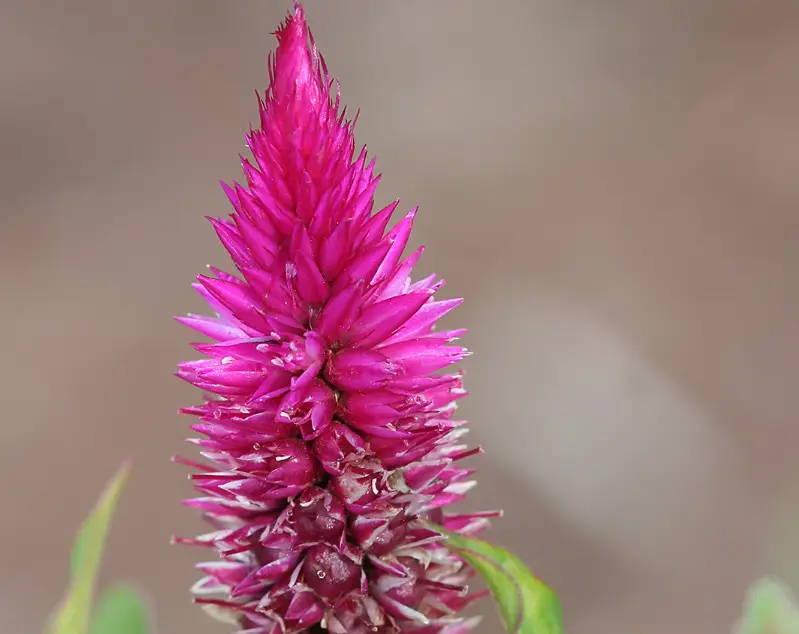
Originally from tropical Africa, Celosia is a genus of annual plants with extraordinary diversity. This colorful genus has over fifty species. Few flowers can match the flamboyance of Celosia, which is distinguished by its vivid red or purple blossoms. Celosia is a striking addition to gardens and landscapes because of its appealing colors.
Delphinium
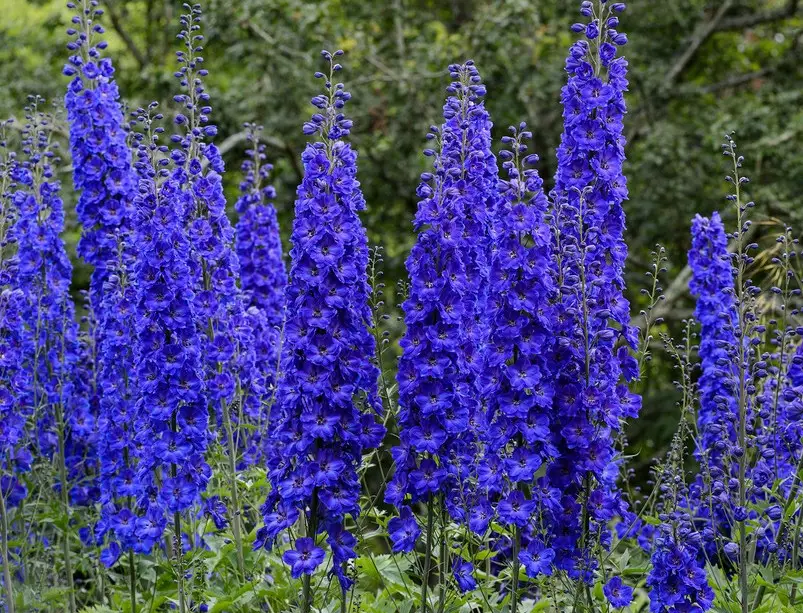
With its striking height and vivid hues, delphinium is a well-known perennial decorative plant that enhances the appearance of both commercial and residential gardens. Usually dressed in vivid blue and purple hues, delphinium makes for a beautiful display. But different cultivars expand the color scheme to include shades of pink, white, red, or yellow, making for a varied and eye-catching bouquet.
Fountain Grass
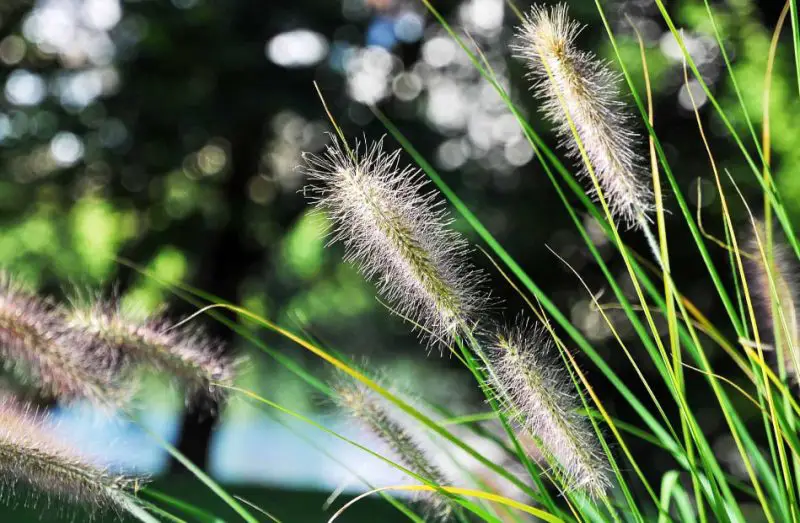
The scientific name for fountain grass is Pennisetum setaceum, and it is most beautiful in the morning or evening light. This perennial herb yields beautiful, fluffy blossom plumes in late summer, adding to its attractiveness. These feathers, which come in red, pink, or white (varieties vary), remain in the fall and give the surroundings a carefree, easygoing vibe.
Foxtail Fern
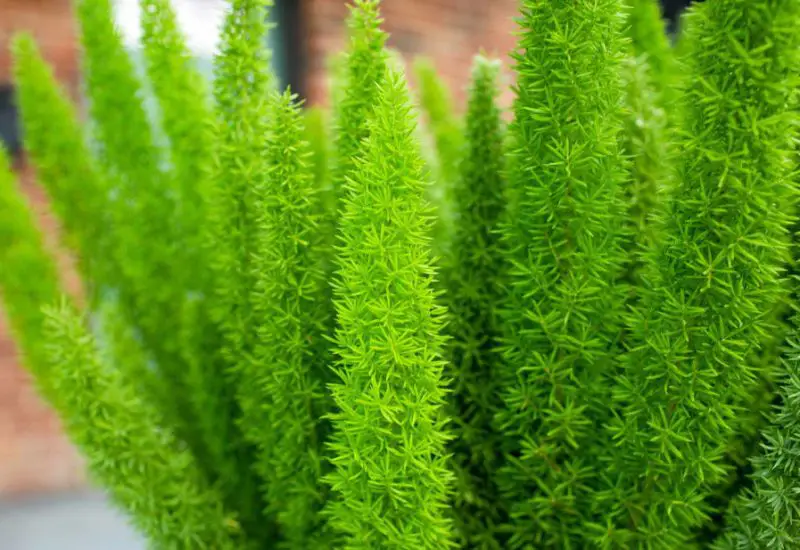
A hardy and distinctive perennial herb, Foxtail Fern grows well in gardens and indoor containers. It is distinguished by its unusually tall and fuzzy loop-like form. The Foxtail Fern adds color and beauty to its hardy appearance during the summer months with its tiny white blossoms, which are followed by bright red fruits.
Gayfeather
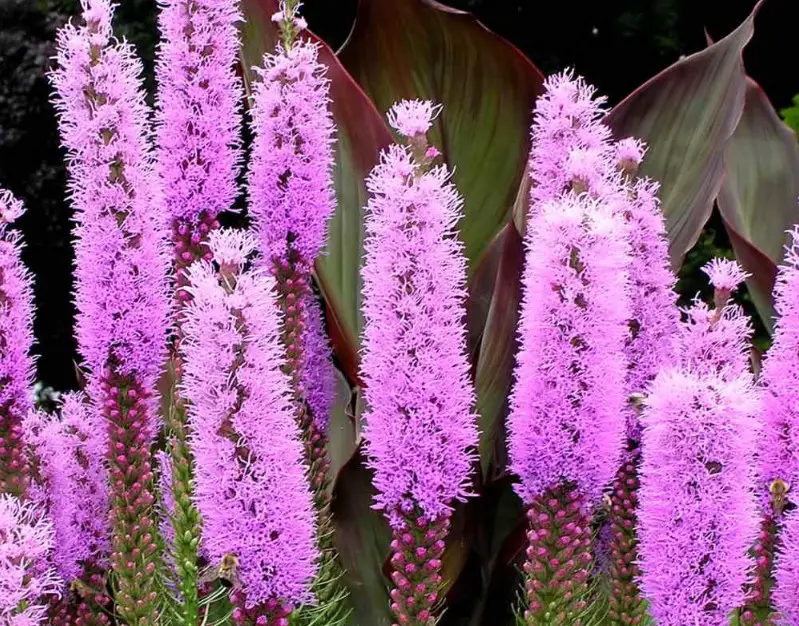
Blazing Star, Marsh Blazing Star, Dense Blazing Star, and other colloquial names are used to refer to Gayfeather, whose scientific name is Liatris spicata. This tall, upright perennial grows well in grasslands and along marsh edges that are low to the ground. The terminal ends of this plant are very characteristic; they have round, downy, dark purple buds that are up to 3/4″ broad and appear on stiff, upright, leafy pedicels that are between 6 and 12 inches long.
Hedysarum
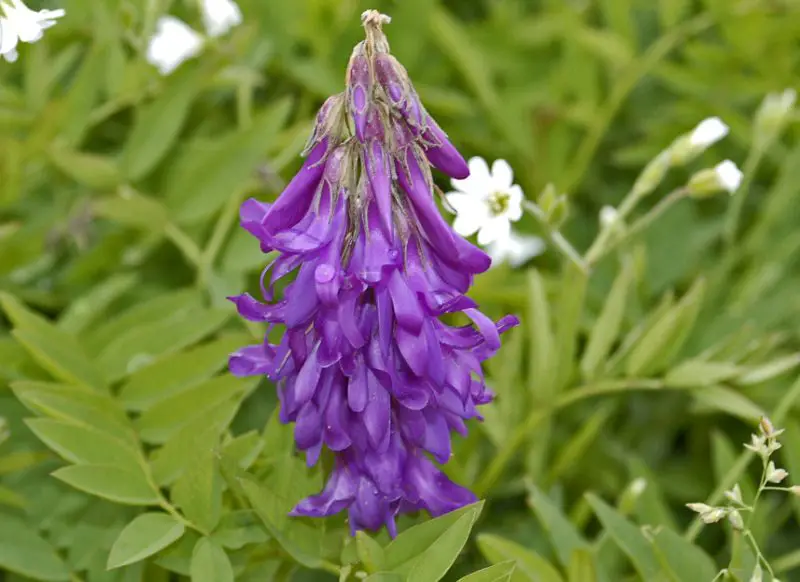
Hedysarum coronarium, also known as French honeysuckle, sulla clover, or sulla, is a perennial or biennial herbaceous plant that can grow up to three feet in height and width. They are distinguished by their vivid red, intensely scented, pea-like blossoms, which are produced in dense axillary clusters atop tall flower stalks between late spring and early summer.
Honeyflower
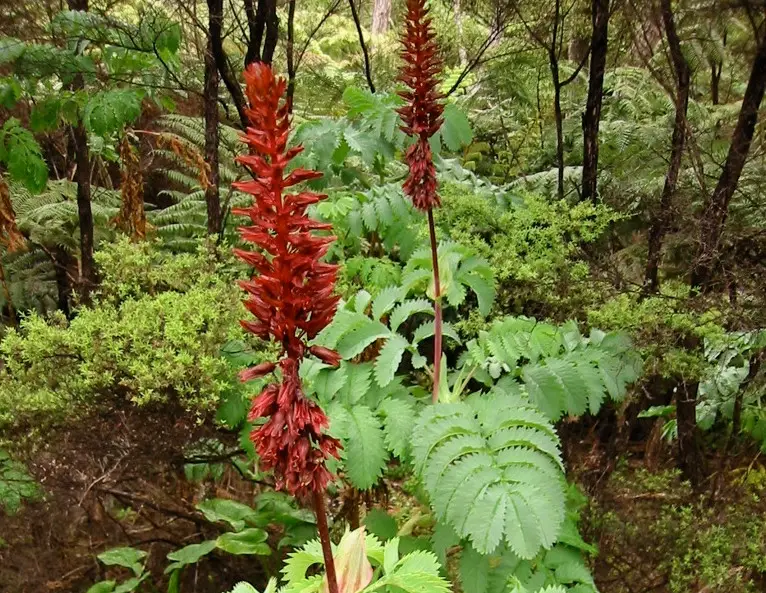
The scientific name for honeyflower, Melianthus major, is a huge subshrub of the Melianthaceae family. It is distinguished by its unusual claw-like blooms and alternately arranged leaves that are made up of numerous leaflets with sharp edges. The plant’s distinctive and alluring appearance is enhanced by the four dark brown to rust-red petals of these blooms, which vary in size.
Oconee Bells
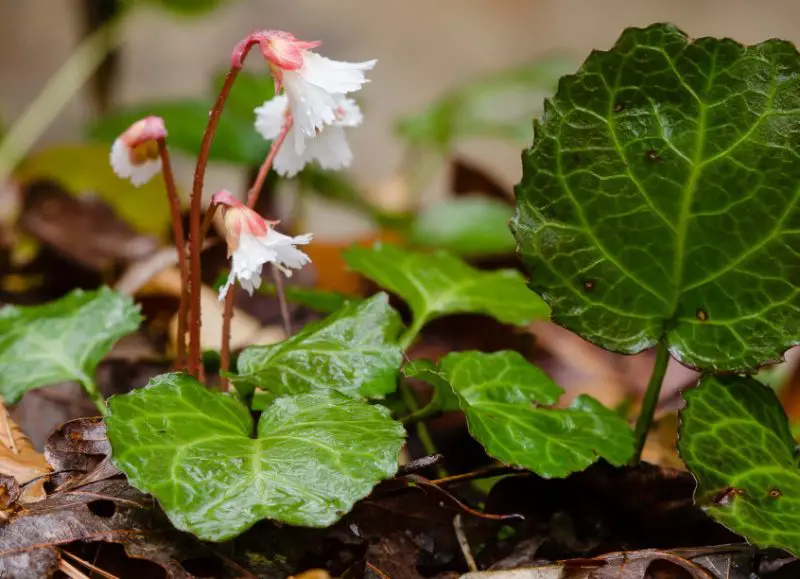
Oconee bells, or Shortia galacifolia, are an uncommon perennial herbaceous plant native to the southern Appalachians. The Diapensiaceae family plant known as oconee bells is named for the Oconi tribe of Timucua Native Americans who lived in Florida. They provide twisted, white, pink, or cone-shaped flowers with ruffled petals in the spring. Oconee bellflowers grow on 3- to 6-inch stems and are 1 inch tall. Oconee bellflowers feature round or oval-shaped, serrated foliage that is shiny and rich green, and it grows on tall stalks. Oconee bellflowers like moist wooded settings and require partial shade or gloom.
Larch
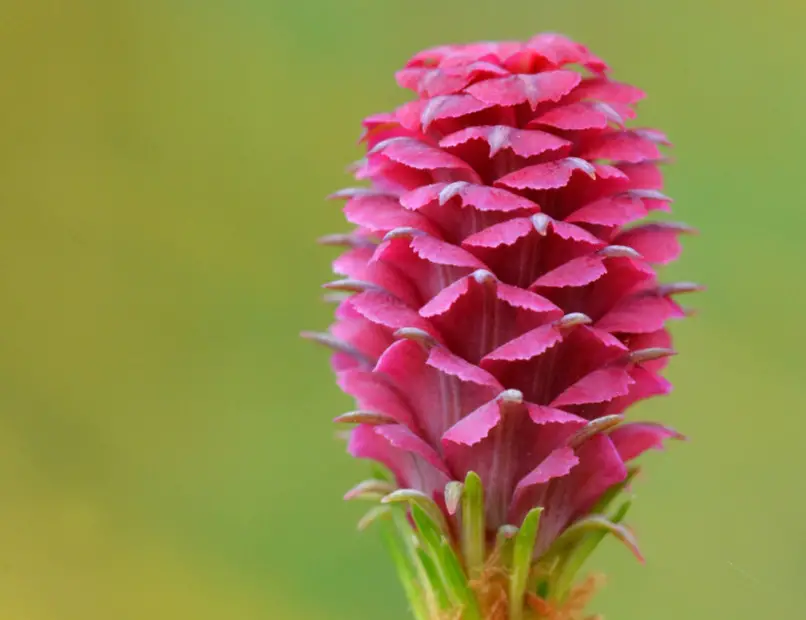
A beautiful blend of deciduous brilliance and coniferous charm can be found in the Larch tree (Larix spp.). Between the needles are small pink blossoms that eventually turn into cones. These cones change color fascinatingly as they ripen, starting out yellow or red and eventually turning a deep brown.
Aloe Succotrina
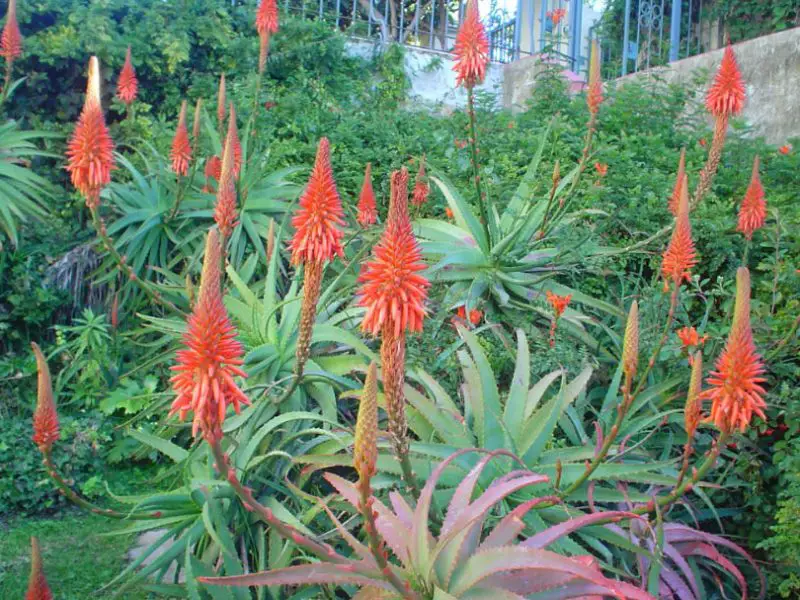
Aloe Succotrina is a plant that grows on high cliffs and ledges in the Western Cape and southwest South Africa. Its vibrantly colored flowers adorn these rough settings. Its entrancing charm amplifies the Strandveld and Fynbos gardens’ natural magnificence. This Aloe, which has adapted to a special ecosystem, is a living example of nature’s artistic ability and captures the delicate balance between the environment and flora.
Banksia
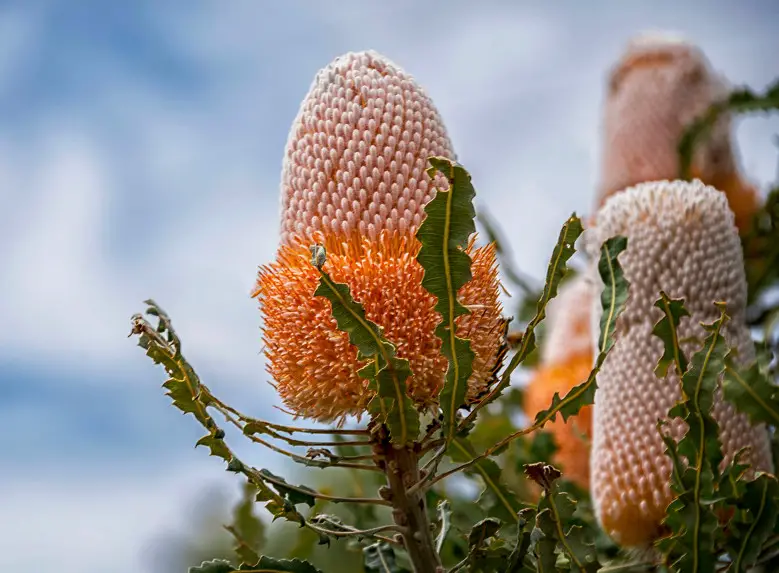
Banksia, a genus comprising around 100 tree species in the Proteaceae plant family, is indigenous to Australia and South Africa. Renowned for their distinctive fruity “cones,” buds, and flower spikes, Banksias are popular choices for gardens and emblematic Australian wildflowers. Their unique features make them easily recognizable in both natural and cultivated settings.
Buddleia
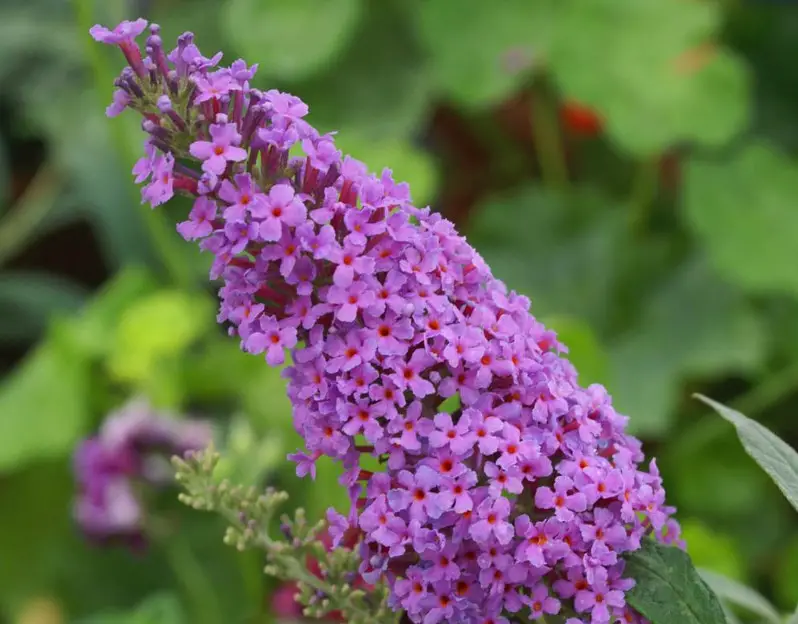
Buddleia davidii, commonly referred to as the butterfly bush, is a deciduous shrub that grows on riverbanks, woodland clearings, and limestone outcrops throughout America, Africa, and Asia. With more than 140 species, it is a member of the Scrophulariaceae family and belongs to the Buddleja genus. Its color palette has been enhanced by numerous cultivars, which now include pink, yellow, white, and red blossoms.
Bugleweed
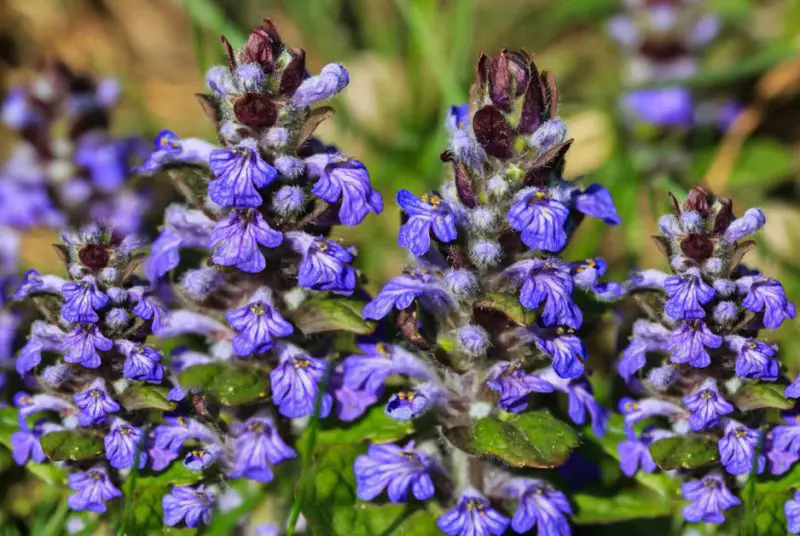
Bugleweed, scientifically known as Ajuga reptans, is a perennial herbaceous groundcover belonging to the mint family (Lamiaceae). This evergreen to semi-evergreen plant, one of about 40 species in its genus, showcases spikes of petite bluish-purple flowers in mid to late spring. These floral spikes gracefully extend up to 10 inches above the lush foliage, adding a touch of color and elegance to garden landscapes.
Carex
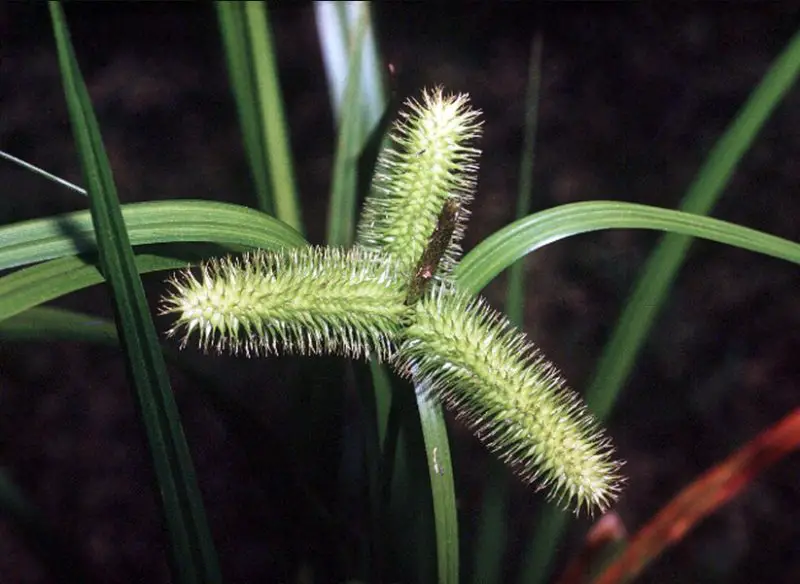
Carex is a large genus of herbaceous plants that belongs to the family Cyperaceae. It has about 2,000 species. These perennials thrive in chilly seasons and grow most vigorously in the spring and fall. Carex flowers add to the botanical diversity of different landscapes with their wide range of colors, which include yellow, red, brown, and green.
Lavandula
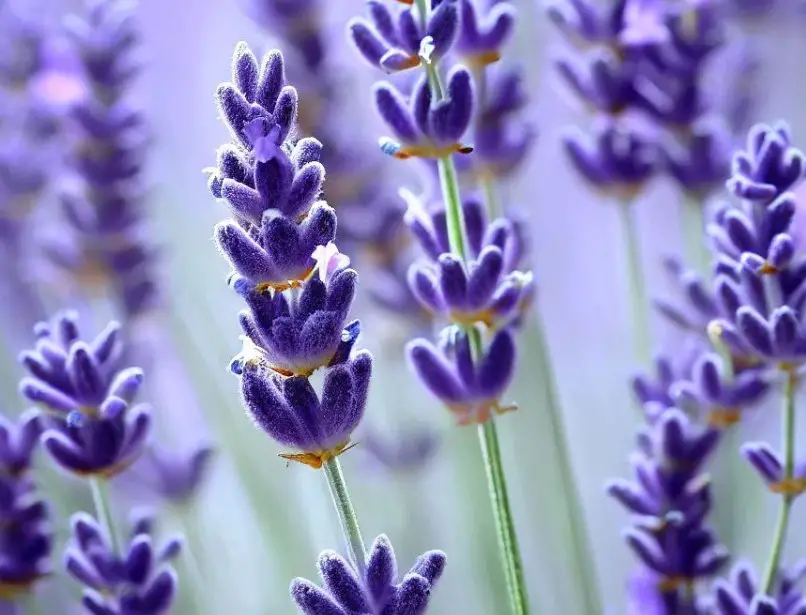
One of the most prized herbaceous plants is the perennial lavender angustifolia. This lavender cultivar blooms in magnificent purple and sometimes white blossoms, gracing window sills, gardens, and balconies with its aromatic presence. Lavender is a plant that usually flowers from late May to mid-September. Its pseudo-whorls of blossoms give the surrounding area a refined appearance.
Lupine
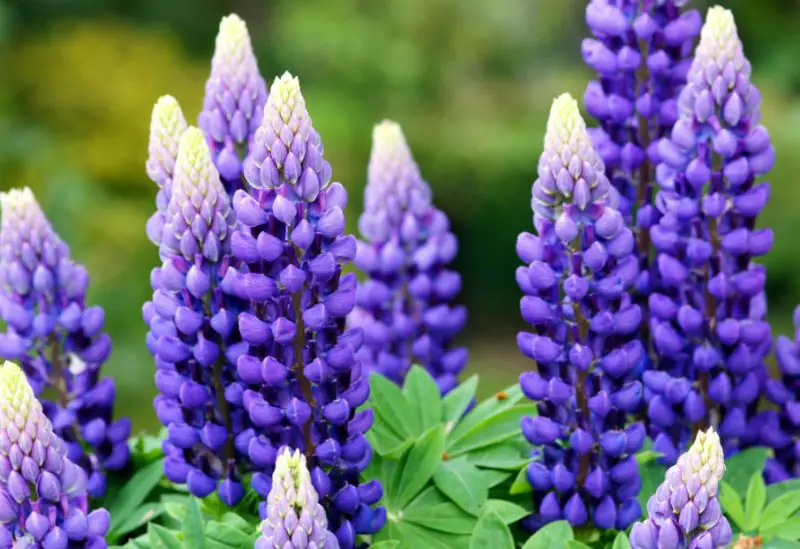
The lupine (Lupinus polyphyllus), with its vivid summer flowers, is a stunning annual and perennial plant. From bottom to top, the blooms show off a variety of colors on the same plant. The color spectrum of lupines ranges from delicate pastels to vivid violet blues and rich reds, which makes for an eye-catching show in gardens and landscapes.
Milkwort
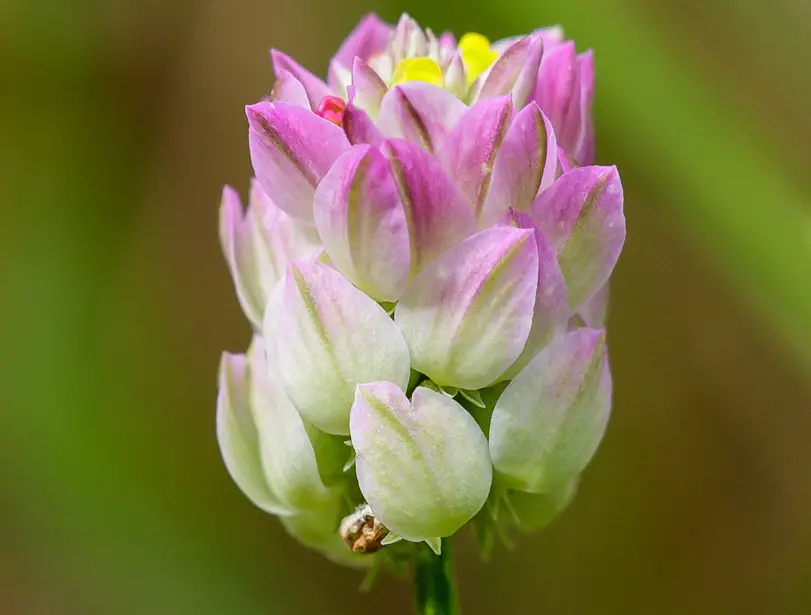
Despite its modest name, milkwort (Polygala vulgaris) is a standout in Europe’s early-fall summer show. Its blossoms come in shades of pink, purple, and white in addition to dark and light blue. The flowers have tiny petals that are surrounded by two flat-topped sepals that seem like extra petals.
Peppermint
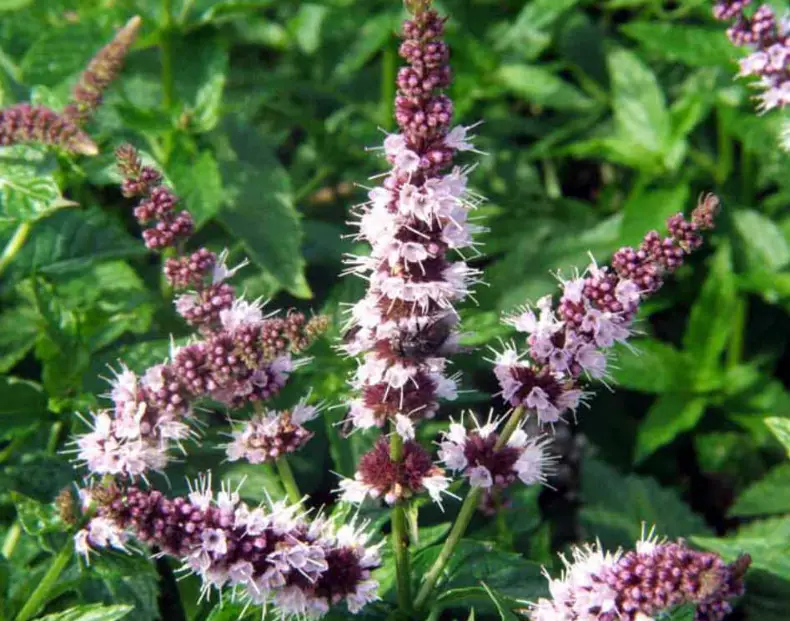
As a perennial, peppermint (Mentha × piperita or Mentha balsamea) is a hybrid mint that is a cross between spearmint and watermint. It began in Europe and the Middle East and is now widely practiced worldwide. Usually, the stems have a hairy, heavily branching axis. The blooms of peppermint come in a variety of colors, including pink, purple, and occasionally white.
Quesnelia
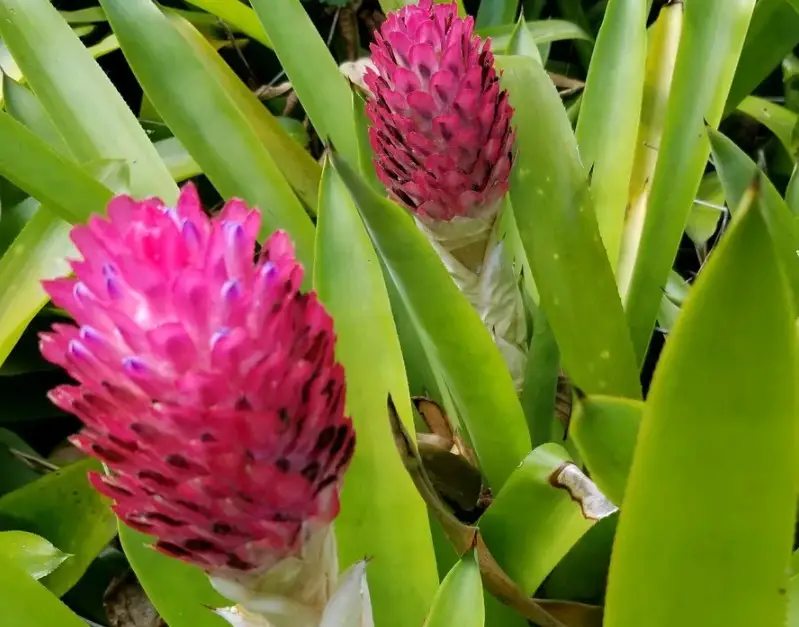
About 20 species of Quesnelia, a genus in the Bromelioideae subfamily of the Bromeliaceae family, are endemic to eastern and southeastern Brazil. Famous for its vivid multicolored flowers, Quesnelia is a great option for landscaping because of its decorative and eye-catching characteristics.
Speedwell
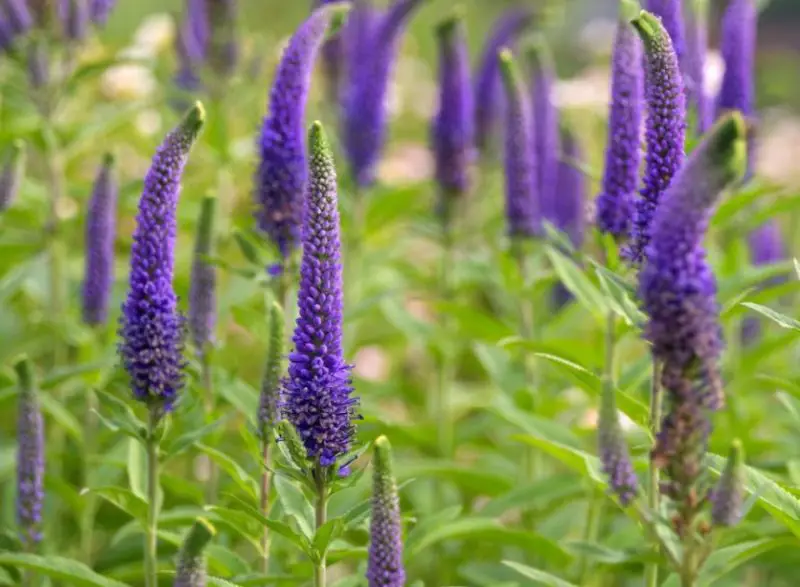
Veronica, sometimes called Speedwell, is a low-maintenance perennial with tall spikes that are dotted with tiny petals that are either white, pink, blue, or purple. Veronica is the largest genus in the family Plantaginaceae, with over 500 species. This adaptable plant’s exact origin is still unknown, which adds to its allure and mystery.
Teasel
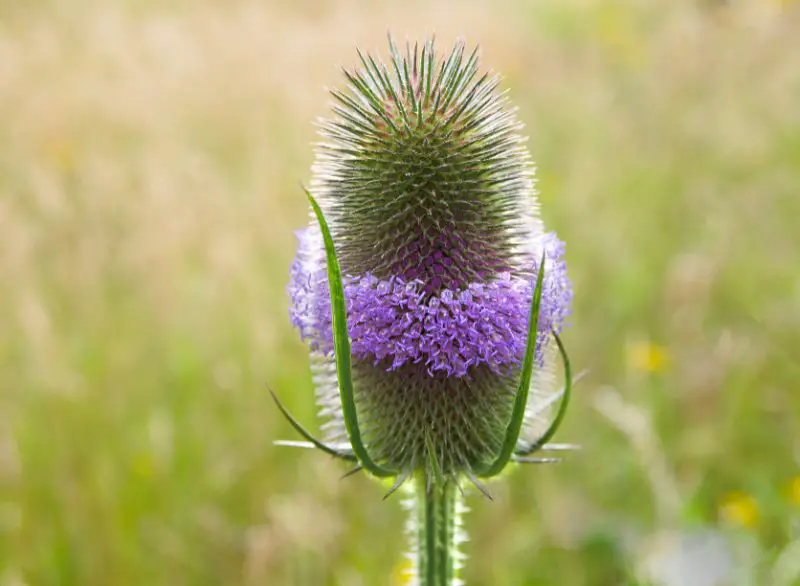
Teasel (Dipsacus spp.) is a genus of plants in the Caprifoliaceae (honeysuckle) family that are commonly called teazle because they are biennial in nature. Species of Dipsacus are native to Europe, Asia, and North Africa. They have flowers that are colored in colors of white, purple, lavender, or dark pink. The Greek word for thirst is the source of the genus name Dipsacus.
Loosestrife
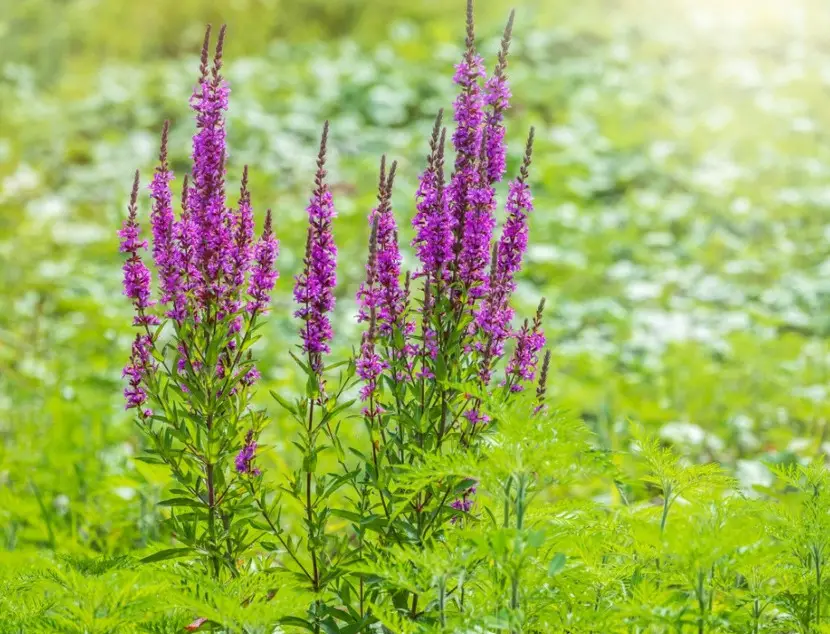
A member of the Lythraceae family, loosesestrife (Lythrum salicaria) is an annual blooming plant. With more than 150 species of evergreen and herbaceous perennials, it is a large family of plants. In relation to the peduncle, sessile leaves are opposing or alternate. Several striking racemes of white, magenta, or reddish-purple flowers are seen in the huge, purple inflorescence.
Closed Gentian
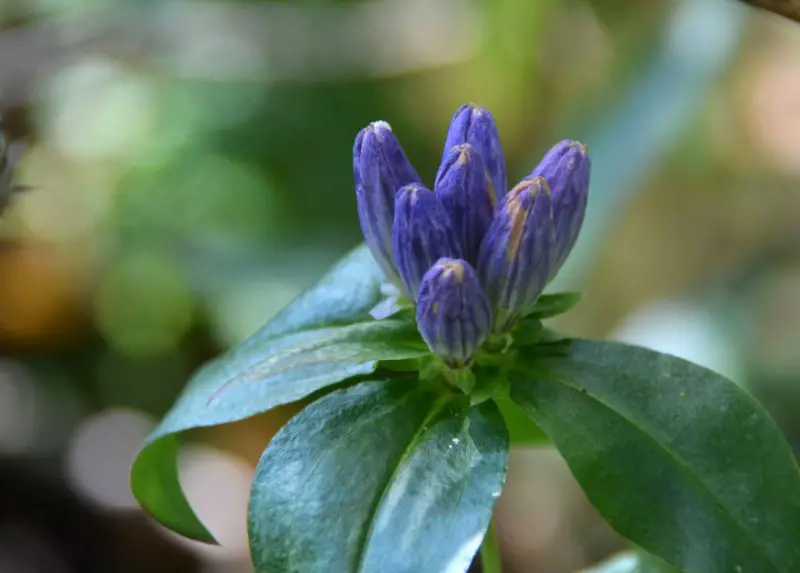
The Bottle Gentian, or Closed Gentian, is a damp prairie wildflower that grows well. Its unique characteristic is its never-opening flowers, which stay closed and bud-like during pollination. This herbaceous perennial lacks hair and has upright stems that can grow up to 8 feet in length.
The opposing, petiole-free, oval to lanceolate leaves have a dark green color and can grow up to 6 inches in length. Dense clusters of the flowers resemble huge flower buds because they are closed, cylindrical, and bottle-shaped. As they grow, their color changes from wine red to purple to blue, and from August to October is when they flower.

